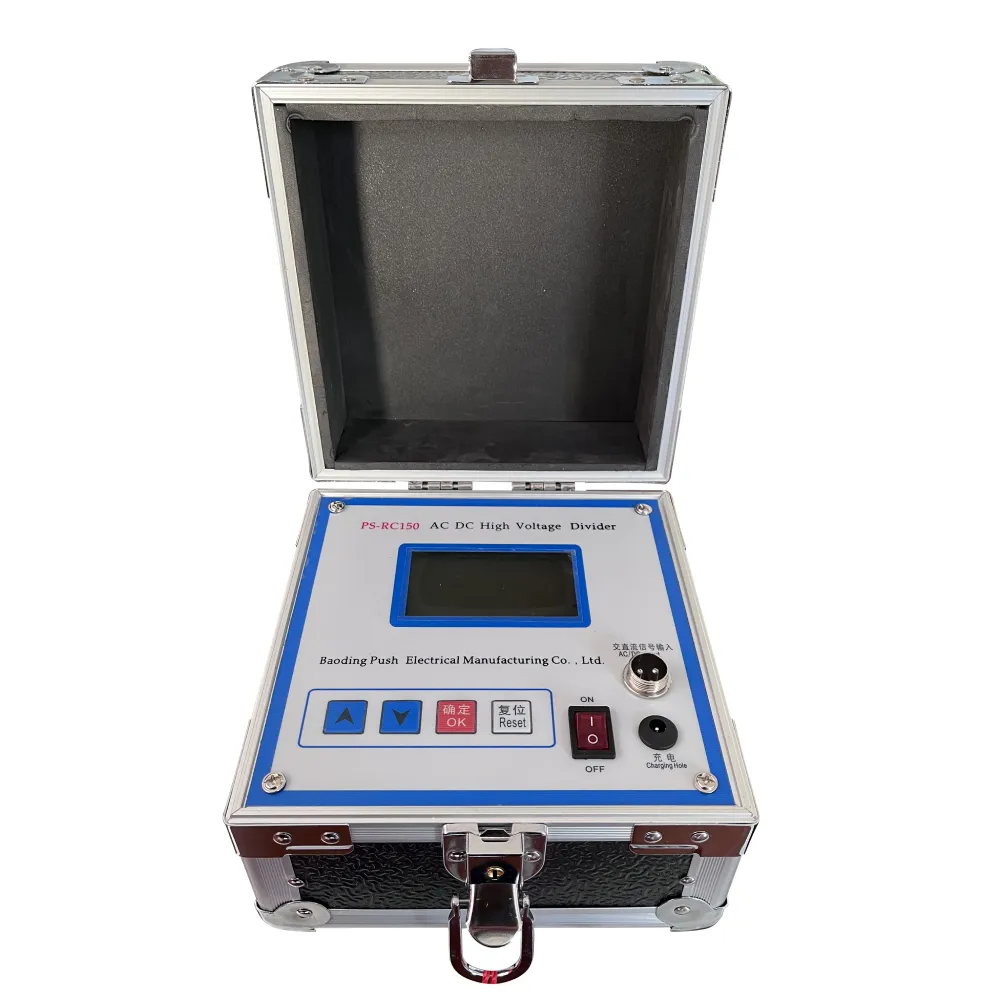 English
English


potentiometric titration method
Potentiometric Titration Method An Overview
Potentiometric Titration Method An Overview
The fundamental principle behind potentiometric titration involves a titrant solution that is gradually added to an analyte solution. As the titration progresses, the potential of the solution changes according to the concentration of the reactants involved. Specifically, the potential is monitored using a reference electrode and an indicator electrode. The key to successful potentiometric titration lies in the choice of electrodes; a glass electrode is commonly used for pH measurements, while ion-selective electrodes may be used for specific ions.
potentiometric titration method

One of the main benefits of potentiometric titration is its high sensitivity. The method allows for the detection of minute changes in the potential, enabling the identification of the endpoint with great accuracy. This is particularly important in neutralization reactions, where the changes in pH can be very subtle. The data collected during the titration is typically plotted in a titration curve, which illustrates the relationship between the added titrant volume and the observed potential. The inflection point of this curve indicates the endpoint of the titration, allowing for precise calculations of the analyte's concentration.
Another advantage of potentiometric titration is its versatility. It can be applied to a wide range of titrations, including acid-base, redox, and precipitation reactions. This allows researchers and analysts to tackle diverse analytical challenges using a single method. Additionally, the technique is capable of handling various sample matrices, including complex biological fluids and environmental samples, making it a powerful tool in modern analytical chemistry.
In conclusion, potentiometric titration is an essential analytical method that offers accuracy, sensitivity, and versatility. As technology and electrode design continue to evolve, the applications of this technique are expected to expand, further solidifying its role as a cornerstone of quantitative analysis in chemistry and related disciplines.
-
Differences between open cup flash point tester and closed cup flash point testerNewsOct.31,2024
-
The Reliable Load Tap ChangerNewsOct.23,2024
-
The Essential Guide to Hipot TestersNewsOct.23,2024
-
The Digital Insulation TesterNewsOct.23,2024
-
The Best Earth Loop Impedance Tester for SaleNewsOct.23,2024
-
Tan Delta Tester--The Essential Tool for Electrical Insulation TestingNewsOct.23,2024





